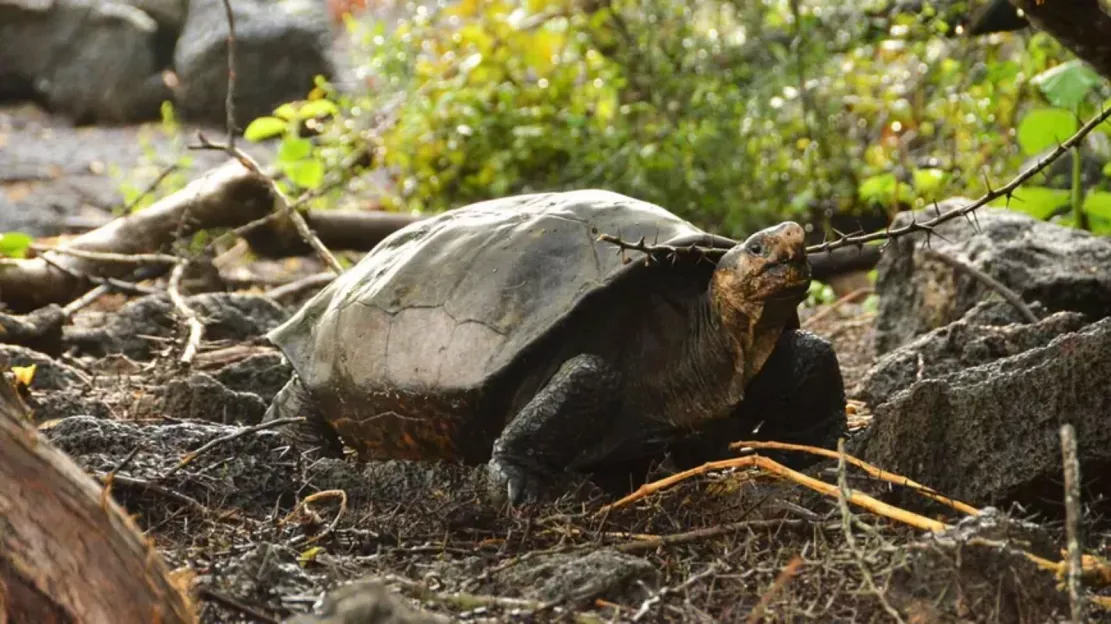A study published in communications biology this week pointed out bluntly in the title of its article that "the Galapagos giant turtle chelonoidis phantasticus is not extinct" This is a fairly large statement about a species whose last known member dates back to 1906.

Fernanda is a giant turtle from Fernandina island in the Galapagos Islands. Its existence is a rare commodity news in a world where animal extinction is accelerating. "We saw -- to be honest, I was surprised -- Fernanda was very similar to the one found on the island more than 100 years ago, and both of them were very different from all the turtles on other islands," Stephen gaugran, co-author of the study, said in a statement at Princeton University on Thursday.
Chelonoidis phantasticus is listed as "critically endangered and possibly extinct" in the red list of the World Conservation Union, which is a list of threatened species. The species is not listed as extinct because there is evidence that turtles, including the feces seen, still live on Fernandina, a volcanic island largely covered by lava flows.
It is reported that Fernanda was discovered in 2019. At first, researchers thought it might not be the aboriginal of the island. After extensive genetic analysis, it was determined that she really belonged to the same species as the male specimen in 1906, which was the only known dream giant turtle. Gaughran compared Fernanda with 13 other known Galapagos giant turtles.

The newly discovered tortoise is over 50 years old, but it is small in size and is likely to be stunted due to the lack of vegetation in its habitat. Researchers found feces and footprints of other turtles on the island, suggesting that there may be more rare reptiles.
Due to habitat loss, pressure of invasive species and meat picking by European explorers, all turtles in Galapagos are threatened, ranging from fragile to extinct in the red list of the World Conservation Union.
Finding out Fernanda's identity is just the beginning of a deeper investigation. If there are others, it may be feasible to start a breeding program. A giant turtle named Diego (belonging to the chelonoidis hoodensis species) has bred at least 800 children during its breeding program.
As the research continues, Fernanda now lives in a new home at the turtle center in the Galapagos National Park, which is responsible for saving and breeding animals. Fernanda may be the first glimmer of new hope for a mysterious species that is thought to have disappeared in time.